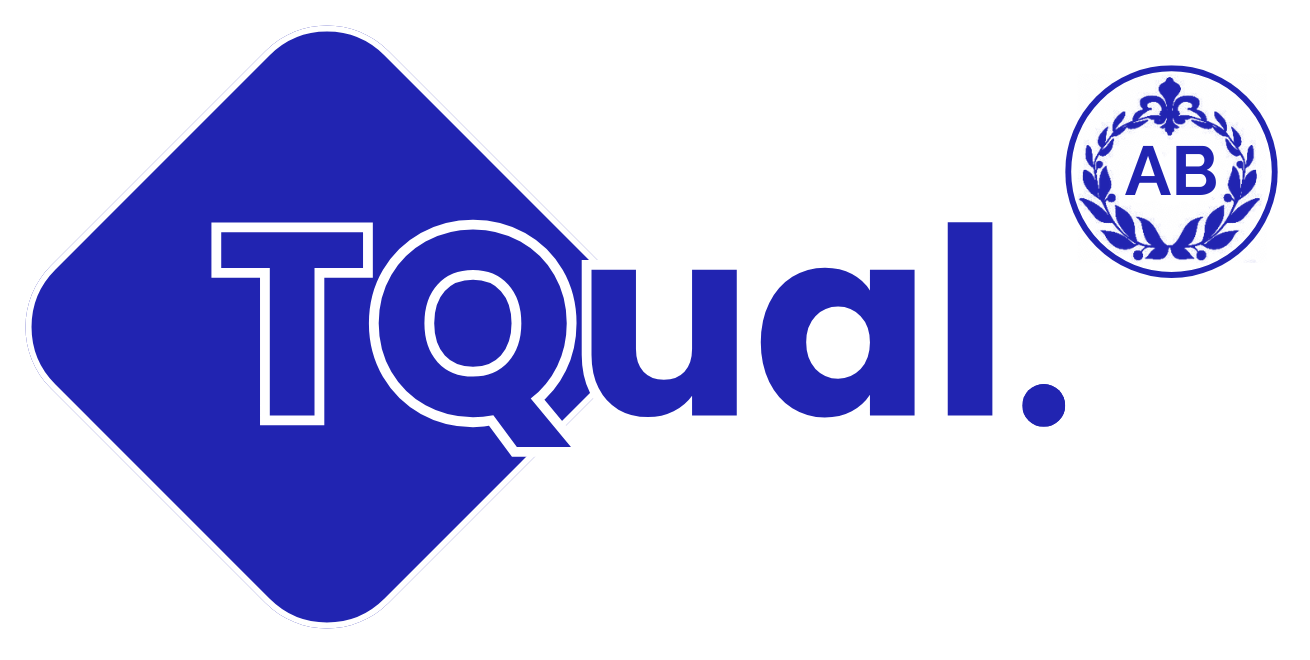Learning Outcomes for the Study Units:
Introduction to Educational Management Systems and ISO 21001:
- Understand the fundamental concepts of educational management systems and their importance in modern educational institutions.
- Gain knowledge of the ISO 21001 standard and its relevance to educational organizations.
- Recognize the benefits of implementing ISO 21001 for enhancing educational quality, student satisfaction, and organizational effectiveness.
Educational Policy and Objectives:
- Develop skills in establishing educational policies, objectives, and goals aligned with institutional vision and mission.
- Learn strategies for setting clear and achievable educational objectives to drive organizational improvement and effectiveness.
- Understand the importance of aligning educational policies with regulatory requirements and stakeholders’ expectations.
Leadership and Governance in Education:
- Understand the role of leadership and governance in shaping the direction and culture of educational organizations.
- Develop leadership capabilities and governance structures to promote transparency, accountability, and ethical conduct.
- Learn strategies for fostering a culture of collaboration, innovation, and continuous improvement among educational stakeholders.
Student-Centered Learning Approaches:
- Gain knowledge of student-centered learning principles and approaches to promote active engagement and learning outcomes.
- Develop skills in designing and implementing effective student-centered learning environments and instructional strategies.
- Understand the importance of leveraging technology and diverse teaching methodologies to enhance student engagement and success.
Educational Planning and Resource Management:
- Learn how to develop strategic educational plans to address institutional priorities, challenges, and opportunities.
- Develop skills in allocating and managing resources effectively to support educational programs and initiatives.
- Understand the importance of resource optimization and sustainability in achieving educational objectives and organizational goals.
Quality Assurance and Continuous Improvement:
- Develop skills in implementing quality management systems and processes to ensure excellence in educational delivery.
- Learn strategies for fostering a culture of continuous improvement and innovation in educational practices.
- Understand the importance of regular assessments, evaluations, and feedback mechanisms to drive organizational improvement and effectiveness.
Student Support Services and Well-being:
- Gain knowledge of comprehensive student support services to address academic, social, and emotional needs.
- Develop skills in promoting student well-being, mental health, and safety through proactive intervention and support programs.
- Understand the importance of collaboration with parents, communities, and external partners to enhance student success and retention.
Stakeholder Engagement and Communication:
- Develop skills in building positive relationships with internal and external stakeholders, including students, parents, staff, and community members.
- Learn effective communication strategies to facilitate transparency, collaboration, and mutual understanding among stakeholders.
- Understand the importance of stakeholder engagement in decision-making processes and organizational improvement initiatives.
Risk Management and Compliance:
- Gain knowledge of identifying and mitigating risks related to educational operations, safety, and regulatory compliance.
- Develop risk management strategies and contingency plans to ensure continuity of educational services and minimize disruptions.
- Understand the importance of adherence to legal, ethical, and regulatory requirements governing educational organizations.
Monitoring, Measurement, and Evaluation:
- Develop skills in establishing key performance indicators (KPIs) and metrics to measure educational performance and organizational effectiveness.
- Learn strategies for monitoring progress towards educational objectives and goals through data-driven decision-making.
- Understand the importance of regular evaluations, audits, and reviews to assess the effectiveness of educational management systems and processes.
Learning Outcomes for the Study Units
1. Introduction to SignaA
Learning Outcomes for the Study Units:
Introduction to Privacy Information Management Systems (PIMS):
Understand the significance of privacy management within organizations.
Identify the core components and principles of Privacy Information Management Systems.
Explain the relationship between PIMS and broader organizational objectives.
Key Concepts in Privacy Management:
Define fundamental privacy principles such as data minimization, purpose limitation, and consent.
Recognize the impact of privacy regulations and frameworks on organizational operations.
Evaluate the relevance of privacy management concepts to organizational compliance and risk mitigation.
Scope and Objectives of ISO/IEC 27701:
Describe the scope and applicability of ISO/IEC 27701 standard.
Identify the objectives and benefits of implementing a Privacy Information Management System based on ISO/IEC 27701.
Assess the alignment of organizational goals with ISO/IEC 27701 requirements.
Framework of ISO/IEC 27701:
Explain the structure and components of ISO/IEC 27701 standard.
Identify Annex A controls relevant to privacy management and their implementation guidelines.
Analyze the interplay between ISO/IEC 27701 and other information security standards.
Establishing and Maintaining a PIMS:
Outline the steps involved in designing, implementing, and maintaining a Privacy Information Management System.
Develop documentation strategies to support PIMS implementation and compliance efforts.
Evaluate organizational readiness and resource requirements for PIMS establishment.
Privacy Risk Management:
Identify privacy risks and assess their potential impact on organizational operations.
Develop risk mitigation strategies and controls to address identified privacy risks.
Implement monitoring mechanisms to ensure continuous improvement in privacy risk management.
Privacy Controls and Measures:
Describe specific privacy controls outlined in ISO/IEC 27701 standard.
Implement privacy controls effectively within organizational processes and systems.
Monitor and evaluate the effectiveness of privacy controls to ensure ongoing compliance.
Privacy Compliance and Auditing:
Explain the role of compliance in privacy management and regulatory requirements.
Develop audit procedures and techniques for evaluating Privacy Information Management System effectiveness.
Identify gaps and areas for improvement based on audit findings.
Privacy Incident Management:
Develop procedures for detecting, reporting, and responding to privacy incidents.
Implement incident response plans to minimize the impact of privacy breaches on stakeholders.
Evaluate the effectiveness of privacy incident management processes through simulation exercises.
Privacy Governance and Accountability:
Define roles and responsibilities of stakeholders in privacy governance within the organization.
Establish accountability mechanisms to ensure adherence to privacy policies and procedures.
Promote a culture of privacy awareness and accountability across the organization.
Integration with ISO/IEC 27001:
Identify opportunities for integrating Privacy Information Management System with existing Information Security Management System (ISMS).
Align privacy controls and measures with broader organizational processes and objectives.
Ensure consistency and synergy between ISO/IEC 27701 and ISO/IEC 27001 requirements.
Case Studies and Practical Applications:
Analyze real-world examples and case studies to understand the practical application of ISO/IEC 27701 standard.
Apply learned concepts and principles to solve privacy management challenges in organizational contexts.
Develop strategies and action plans based on lessons learned from case studies and practical exercises.A
l Analysis in NDT Upon completing this unit, participants will be able to:
Understand the Importance of NDT Methods: Explain the role and significance of Eddy Current Testing (ET), Remote-Field Testing (RFT), and Magnetic Flux Leakage (MFL) in various industries.
Grasp Basic Signal Analysis Concepts: Describe the fundamental concepts and principles of signal analysis, including signal generation, detection, and interpretation.
Perform Data Acquisition and Processing: Demonstrate techniques for capturing and processing data from NDT inspections, ensuring accurate and reliable results.
2. Advanced Signal Processing Techniques Upon completing this unit, participants will be able to:
Enhance Signal Quality: Apply signal filtering and noise reduction techniques to improve the quality of NDT signals.
Utilize Fourier Transform: Use Fourier transform for frequency domain analysis to identify signal characteristics.
Apply Wavelet Transform: Employ wavelet transforms for time-frequency analysis, enhancing the interpretation of complex signals.
Leverage DSP Tools: Operate digital signal processing (DSP) software and tools commonly used in NDT for advanced signal analysis.
3. Eddy Current Testing (ET) Signal Analysis Upon completing this unit, participants will be able to:
Understand ET Principles: Explain the principles of Eddy Current Testing, including electromagnetic induction and eddy current generation.
Interpret ET Signals: Analyze ET signals to detect surface and sub-surface defects, understanding signal characteristics and variations.
Apply Advanced ET Techniques: Use advanced ET signal analysis techniques for improved defect detection and characterization.
Engage in Practical Exercises: Conduct practical exercises and case studies to reinforce ET signal analysis skills in real-world scenarios.
4. Remote-Field Testing (RFT) Signal Analysis Upon completing this unit, participants will be able to:
Comprehend RFT Principles: Describe the principles and applications of Remote-Field Testing, focusing on its use for inspecting ferromagnetic materials.
Analyze RFT Signals: Identify and interpret key signal characteristics in RFT, distinguishing between internal and external defects.
Implement Advanced RFT Techniques: Apply advanced RFT methodologies to enhance the accuracy and reliability of defect detection.
Participate in Hands-on Training: Engage in practical exercises and real-world case studies to develop proficiency in RFT signal analysis.

